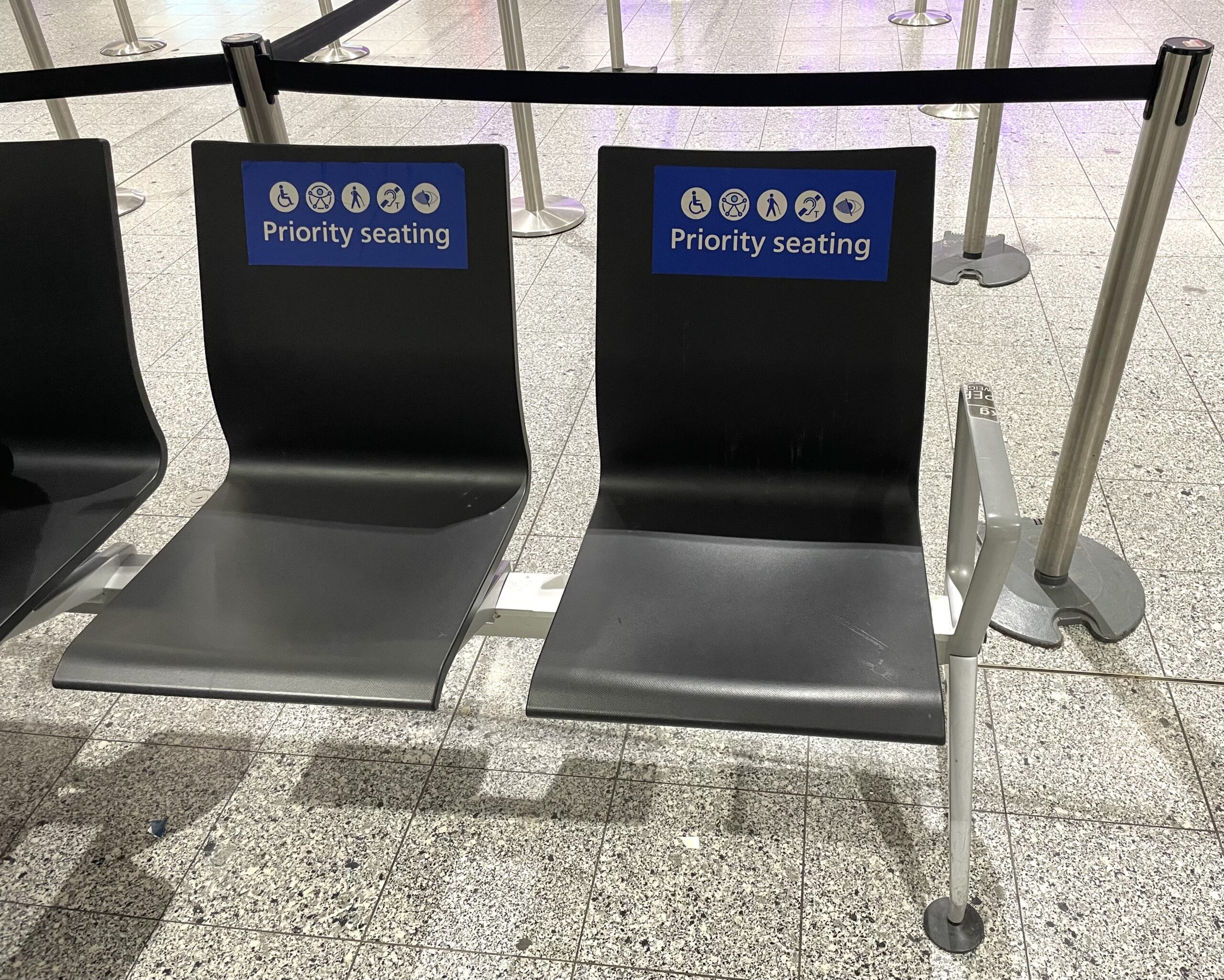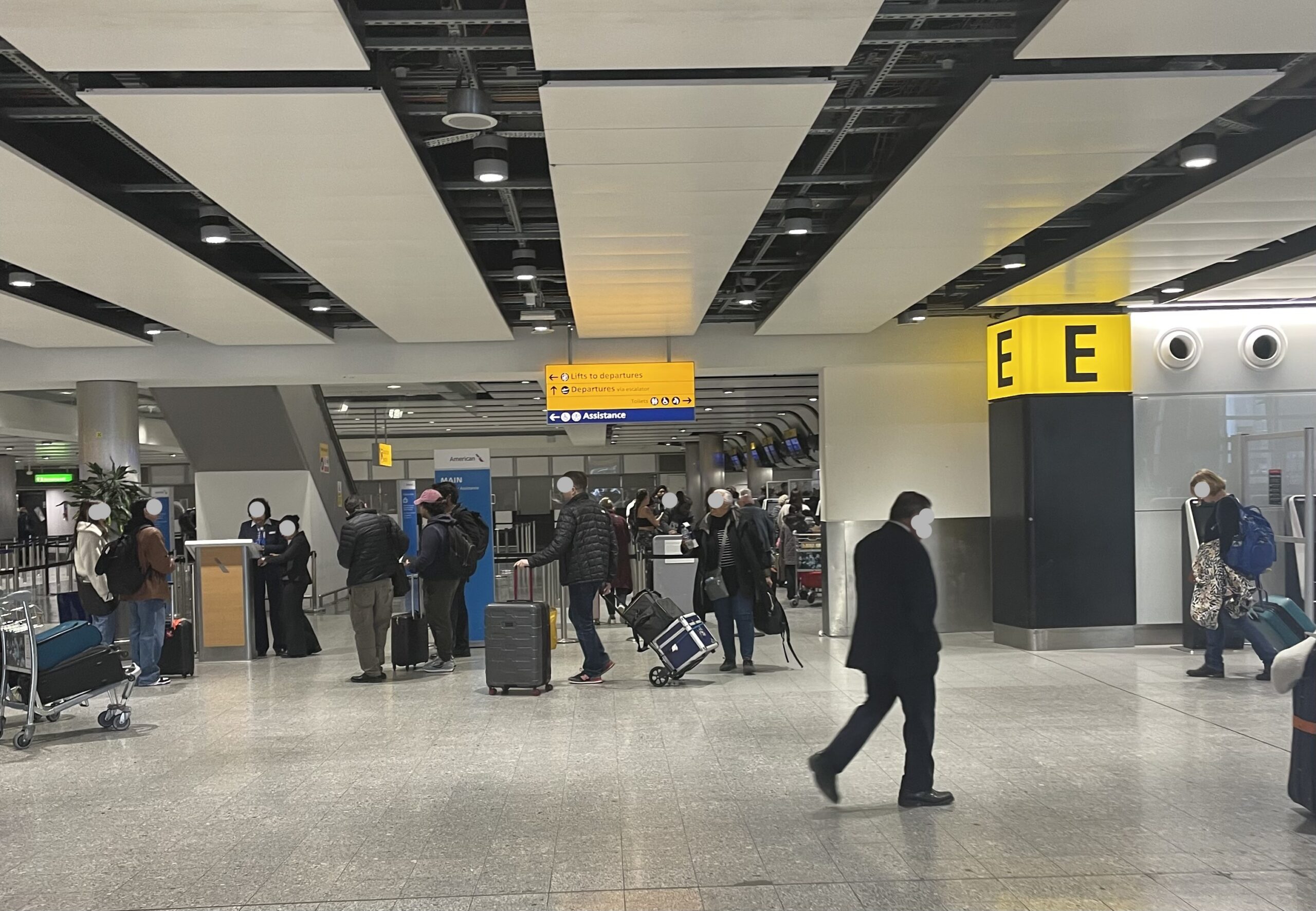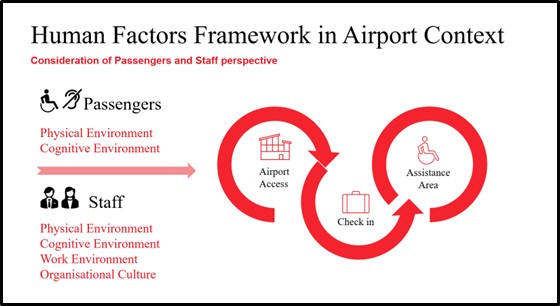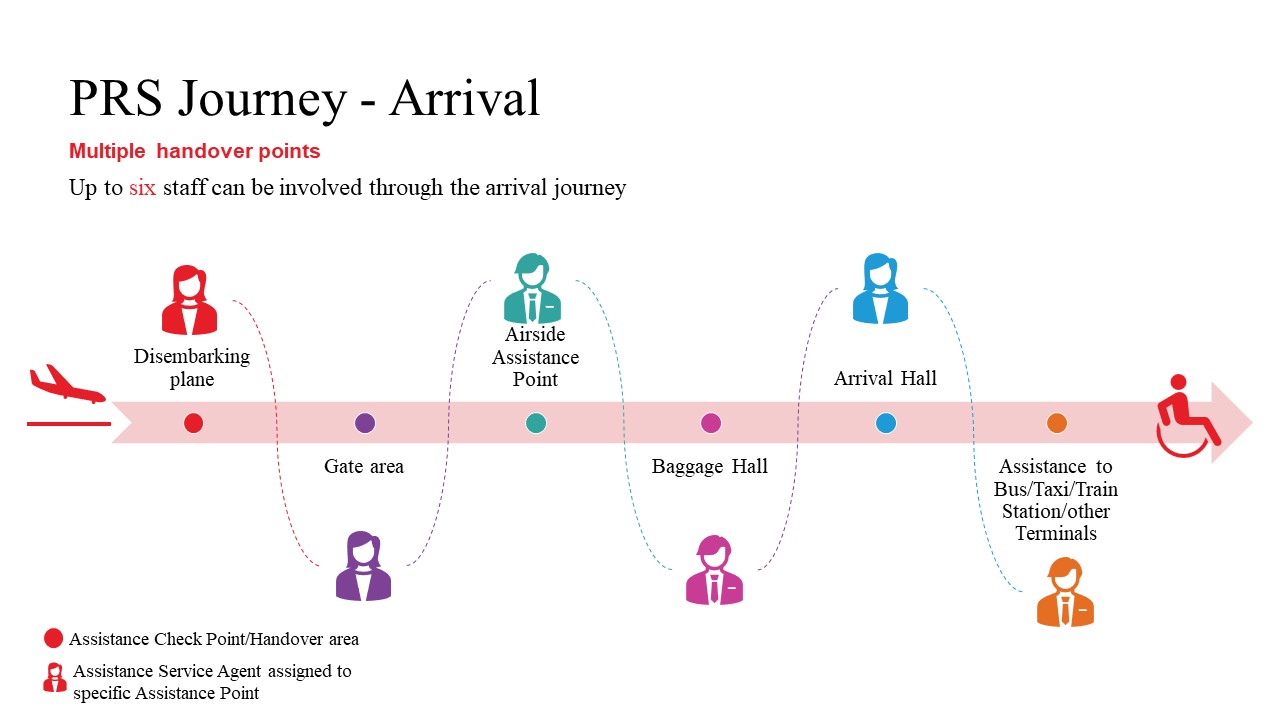
Human Factors Consultant with over 10 years experience in the commercial aviation
industry in various operational roles. I have a strong interest in aviation sector and human-centered approach to project delivery.
Final Project
Application of Human Factors framework to improve airport operations and customer experience
The research explored airport experiences through lenses of passengers and airport staff. The study was conducted at one of the UK airports and focused on passengers requiring special assistance and staff who work at the airport landside Assistance Points. The intention of the study was to understand passengers and staff perspective to identify the challenges and concerns that may impact airport operations and overall airport experience.

Aviation context – an overview
Commercial aviation industry was turned upside down by COVID-19 pandemic. The health crisis had an adverse impact on airline operators and airports across the globe when the air connectivity collapsed in April 2020 (IATA, 2020). The aviation sector was brought to stillstand for many months after as the virus spread worldwide. The unprecedented disease caused uncertain future of air travel, with many hurdles holding back the industry recovery.
It has been over three years since the first national lockdown in the UK and the current demand for air travel looks promising. The most recent passenger traffic reports suggest that international demand in 2023 brings passenger volumes close to full recovery and projects that industry will recover to 2019 levels by 2024 (ACI, 2023). Eurocontrol (2022) predicts that the demand for air traffic in Europe is expected to grow by 44% by 2050 compared to pre-pandemic level.

Challenges
Over 61,000 jobs have been lost across aviation and aerospace sector in the UK due to the Covid-19 pandemic (Unite, 2021). While full recovery is well underway, airport operators are now tackling many post-pandemic challenges related to operational disruptions caused by staff shortages, high turnover rate, and inexperienced workers (Kazda et al. 2022).
Summer 2022 proved that airports might not be ready to operate at the pre-pandemic capacity levels, which only amplified growing pressure on airport management bodies to improve the airport experience. Additionally, more attention has been directed towards experiences of passengers with special needs. A number of concerning stories have been circulating in media regarding passengers’ rights and poor service quality provided to people with disabilities. The airport issues for this group of travellers often relate to damaged and lost wheelchairs, inaccessible airport premises and untrained staff.
Approach
The study applied Human Factors framework to investigate experiences of passengers and staff. This holistic approach assessed airport cognitive and physical environment, and additionally for staff, work environment and organization culture. Qualitative and quantitative approach was used to collect data. 58 passengers who requested special assistance completed survey and 11 staff participated in semi-structured interviews. Based on the responses, thematic analysis was conducted to identify emerging themes.
In light of the current challenges, airport management bodies can benefit from more holistic approach to understands experiences of all airport users and better tailor their solutions to improve their competitive advantage (Tuchen et al. 2020).

Results
The main passenger concerns identified in the study include passengers walking distances, waiting time and fragmented passenger journey across Assistance Points. Passenger journey was identified as ‘broken down’ to fragmented sections, while assistance was provided by multiple Assistance Service Agents. An example of passenger arrival journey is presented on the right. Staff interviews also indicated that passenger experience may be affected by the process inefficiencies. Additionally, the study highlighted some organizational challenges, such us unclear management structure and unequal job distribution faced by staff working in the Assistance Points.

Conclusions
The Human Factors approach to airport experiences allowed to discover relevant themes that appeared in passenger and staff responses. In addition, the research identified a number of organizational issues for further exploration. The research focused on landside operations and considered only part of customer journey. Therefore, further study should cover end-to-end passenger journey, explore perception of staff from all Assistance Points and include larger sample size in order to generalize the results of this research. However, this study serves as an initial evidence for the airport management team to build upon and further investigate the identified issues.
Visionary Thinkers
Visionary Creators
Visionary Makers